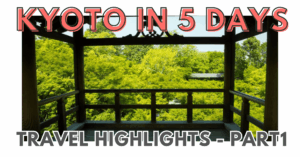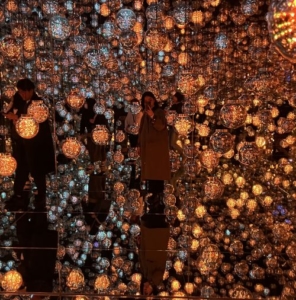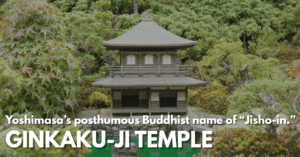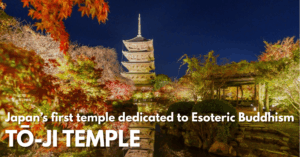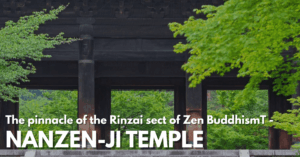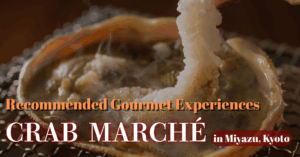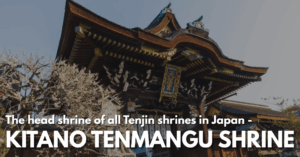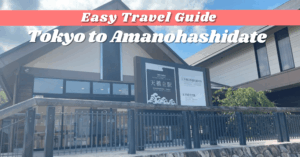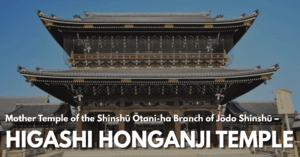Kinkaku-ji, along with Ginkaku-ji, is one of Kyoto’s most beloved landmarks.
It was originally built by Ashikaga Yoshimitsu, the third shogun of the Muromachi shogunate, after he rebuilt the then-neglected Kitayama-dono Villa and unified the Northern and Southern Courts—a major political achievement at the time.
The temple’s dazzling, paradise-like appearance is said to reflect not only Yoshimitsu’s aspiration for a peaceful world, but also the hardships he endured—losing his father at a young age and overcoming the struggles of reunifying a divided nation.In this article, we’ll introduce the highlights of Kinkaku-ji, the essence of Kitayama culture, as well as how to get there and nearby sightseeing spots.
Read on before your visit to fully appreciate the depth and beauty of this iconic temple.
About Kinkaku-ji
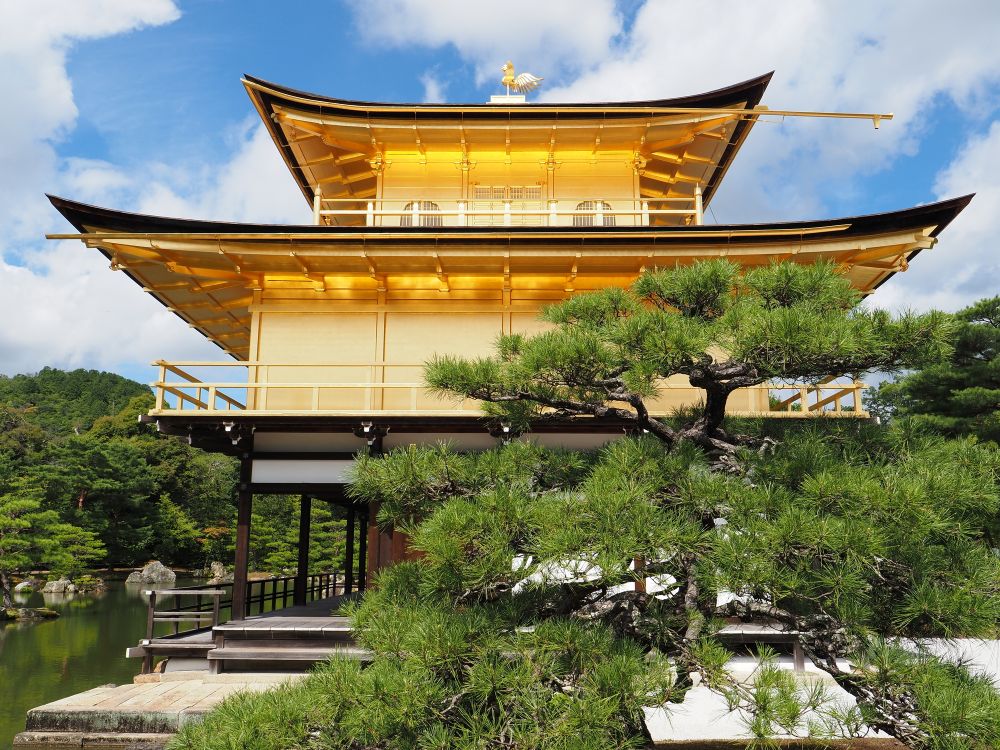
Kinkaku-ji was originally built as Kitayama-dono, a retirement villa for Ashikaga Yoshimitsu, the third shogun of the Muromachi shogunate.
After Yoshimitsu’s death, the villa was converted into a Rinzai Zen temple, with the prominent Zen monk Musō Soseki appointed as its founding abbot.
The temple’s official name is Rokuon-ji, derived from Yoshimitsu’s posthumous Buddhist name, Rokuon-in-den.
However, it is widely known as Kinkaku-ji due to its iconic Golden Pavilion (Kinkaku), a structure adorned with approximately 200,000 sheets of gold leaf.The pavilion represents the Pure Land of Paradise here on Earth and also served as a venue for diplomatic and cultural exchanges with China.
As such, Kinkaku-ji is considered a symbol of Kitayama Culture—a fusion of aristocratic court traditions, samurai aesthetics, and Zen Buddhism.
What Did Ashikaga Yoshimitsu Hope to Convey Through Kinkaku-ji?
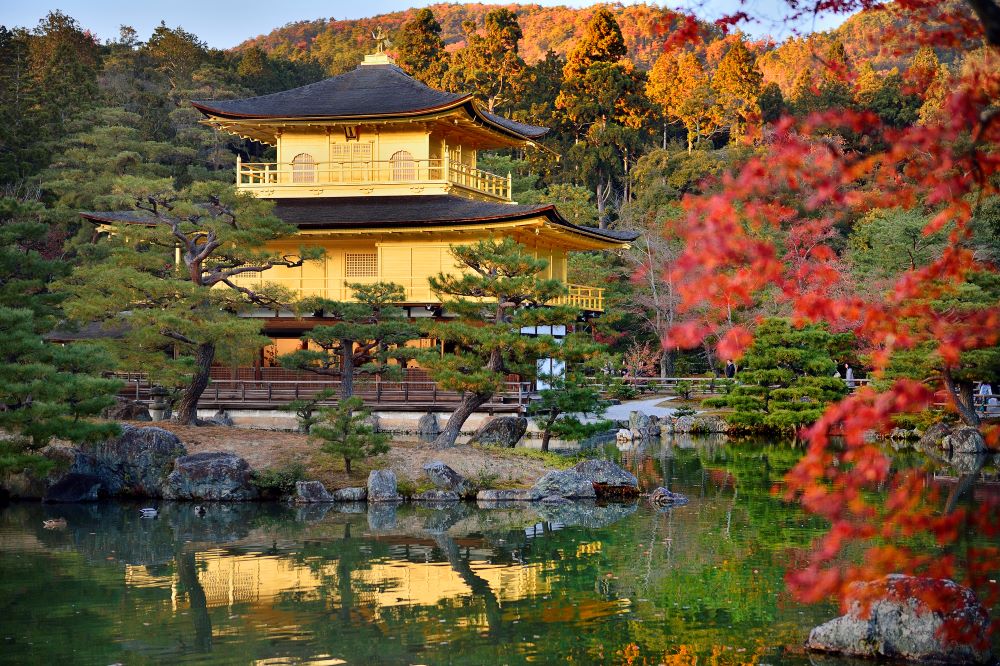
Ashikaga Yoshimitsu was born during a time of deep political division in Japan, when the Southern Court, which upheld the imperial aristocracy, and the Northern Court, led by the military government, were fiercely opposed.
Yoshimitsu lost his father at the age of nine, and became shogun at just eleven. With the support of his advisors, he devoted himself to the monumental task of uniting the two courts, ultimately achieving the reunification of Japan.
The present-day site of Kinkaku-ji was originally Kitayama-dai, a villa belonging to the powerful Saionji family, who had close ties to the imperial court. After the reunification, Yoshimitsu took over the dilapidated estate, carried out major renovations, and transformed it into the political and cultural center of his administration.
As he began engaging in trade with Ming China, Chinese cultural influences were incorporated into his world. These, combined with the existing samurai (warrior) culture, courtly traditions, and Zen Buddhism, gave rise to what is now known as Kitayama Culture.
Zen Buddhism, in particular, had been a spiritual foundation for Yoshimitsu since his youth. Naturally, Zen philosophy became an integral part of the Kitayama aesthetic.
Having experienced personal loss and political turmoil from a young age, Yoshimitsu likely longed for a peaceful life away from public duty.
Kinkaku-ji may well represent his vision of a worldly paradise, a place that reflects his desire to escape the chaos of war and live freely in a serene, idealized world.
Highlights of Kinkaku-ji

When visiting Kinkaku-ji, be sure to see the Golden Pavilion (Shariden), the Kyōko-chi Pond, and the Ryūmon Waterfall.
The Golden Pavilion is a stunning three-story structure, each floor built in a different architectural style. Observing these contrasts up close is part of what makes this temple so unique.
In front of the pavilion lies Kyōko-chi, or “Mirror Pond,” which beautifully reflects the golden structure on clear days—perfect for photography.
As you continue through the temple grounds, you’ll come across the Ryūmon Waterfall, about 2.3 meters tall, and a nearby stone called Koi-gyo-seki.
This stone is named after a famous Chinese legend in which a carp climbs the Dragon Gate waterfall and transforms into a dragon—a story symbolizing success and advancement.
It’s said to bring good fortune to those seeking to rise in life—so don’t miss the chance to offer a prayer if you’re hoping for success!
The average visit to Kinkaku-ji takes about 1 to 2 hours.
How to Get to Kinkaku-ji
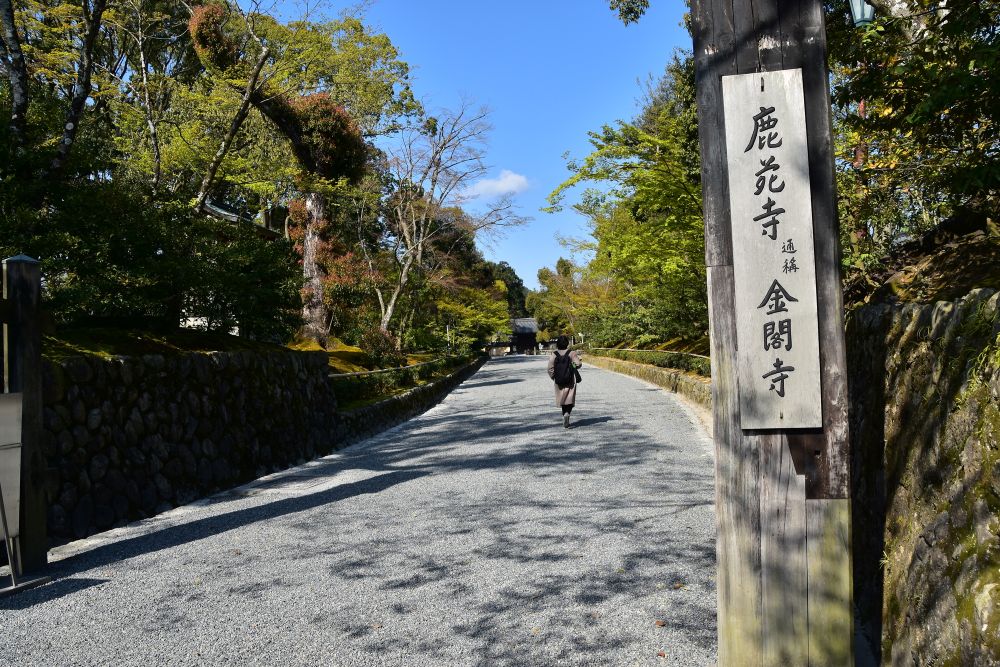
To reach Kinkaku-ji, the most convenient option is to use a combination of train and bus.
Take the JR Sanyō Line to Enmachi Station, then transfer to a bus and get off at the Kinkakuji-michi stop. From there, it’s just a 2-minute walk to the temple.
This route takes about 30 minutes in total.
It’s also possible to go by bus only, but this can take around 50 minutes and buses tend to get crowded, especially during peak tourist seasons. For a more comfortable journey, using the train for part of the route is recommended.
Kinkaku-ji is also one of the sub-temples (tatchū) of Shōkoku-ji, a major Zen temple in Kyoto.
If you have time, consider visiting Shōkoku-ji as well to deepen your understanding of Zen and its cultural legacy.
| Kinkaku-ji Adress:1 Kinkakuji-cho, Kita-ku, Kyoto, 603-8361 TEL:075-461-0013 Business hours:9:00~17:00 HP:https://www.shokoku-ji.jp/kinkakuji/ |
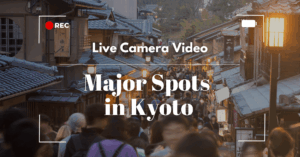
Nearby Attractions
